What Is Calcium Tungstate?
- Details
- Category: Tungsten Information
- Published on Thursday, 03 July 2025 11:37
- Hits: 171

Compared to alkali metal tungstates (e.g., sodium tungstate and potassium tungstate), calcium tungstate (CaWO₄) exhibits markedly different crystal structures and properties due to the incorporation of Ca²⁺, evolving from its industrial designation as "synthetic scheelite" to its core application as a scintillator material.
What Is Magnesium Tungstate?
- Details
- Category: Tungsten Information
- Published on Thursday, 03 July 2025 11:35
- Hits: 184
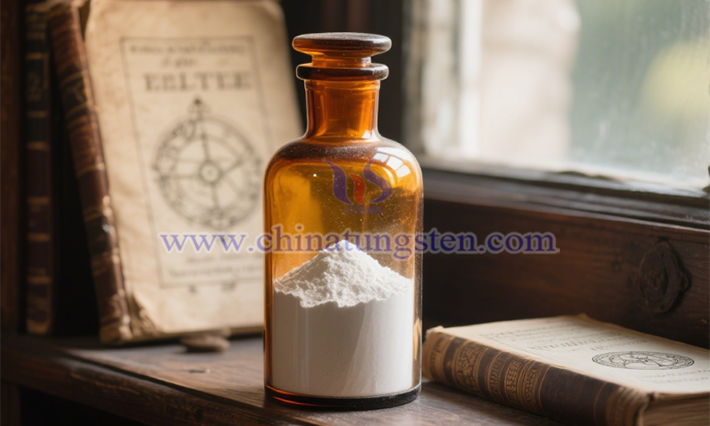
Within the family of inorganic functional materials, magnesium tungstate (MgWO₄) stands out as a representative alkaline earth metal tungstate, leveraging its unique crystal structure and perse properties to deliver significant value in optoelectronic displays, catalytic degradation, and functional ceramics. This compound, formed by magnesium ions (Mg²⁺) and tungstate ions [(WO₄)²⁻], inherits the stability of alkaline earth metals while gaining rich optical and electrical responses from the tungsten-oxygen framework, serving as a bridge between traditional chemistry and emerging optoelectronic technologies.
What Is Ferrous Tungstate?
- Details
- Category: Tungsten Information
- Published on Thursday, 03 July 2025 11:32
- Hits: 152
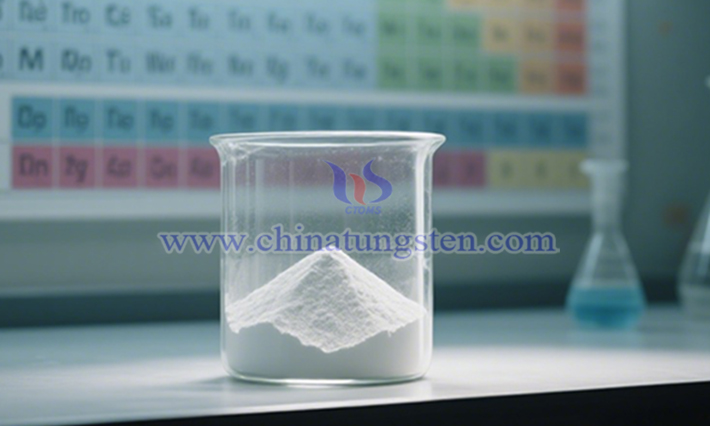
Within the broad field of transition metal compounds, ferrous tungstate (FeWO₄) stands out as a representative example of an iron-group element combined with tungstate, gaining prominence in chemical and materials science research due to its unique physicochemical properties and versatile application potential. This tungstate, formed by Fe²⁺ and (WO₄)²⁻, not only inherits the magnetic commonality of iron-group elements but also exhibits rich functional characteristics due to the introduction of the tungsten-oxygen framework, opening new pathways in catalysis, energy storage, and inorganic material preparation.
Tungsten Wire for Defrosting Glass
- Details
- Category: Tungsten Information
- Published on Wednesday, 02 July 2025 19:03
- Hits: 159
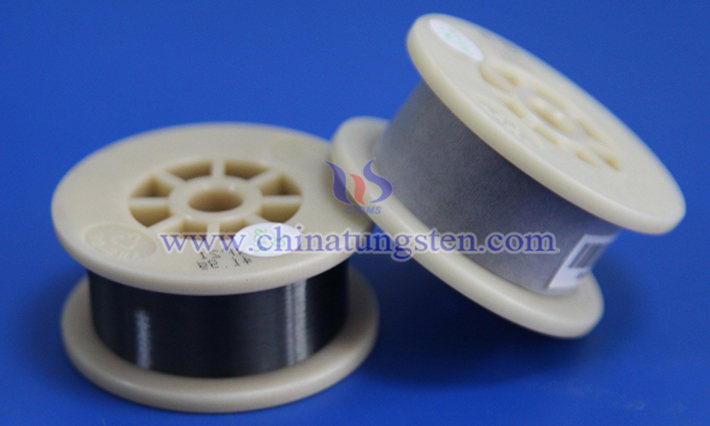
Defrosting glass usually uses tungsten wire as a heating element because tungsten has a high melting point, high temperature resistance and good conductivity, which is suitable for generating uniform heat on the glass surface or in the interlayer to remove frost or ice.
Tungsten Wire for Anti-fog Glass
- Details
- Category: Tungsten Information
- Published on Wednesday, 02 July 2025 19:01
- Hits: 172

Anti-fog glass usually prevents fog condensation by embedding or coating a conductive material (such as tungsten wire or conductive film) on the glass surface and heating it with electricity. Tungsten wire is often used as a heating element in anti-fog glass systems that require heating, such as car rearview mirrors, bathroom mirrors or refrigerator glass doors, due to its high melting point, high resistivity, high temperature resistance and corrosion resistance.
Role of Tungsten Wire in Electric Heated Glass Windows
- Details
- Category: Tungsten Information
- Published on Wednesday, 02 July 2025 18:56
- Hits: 156
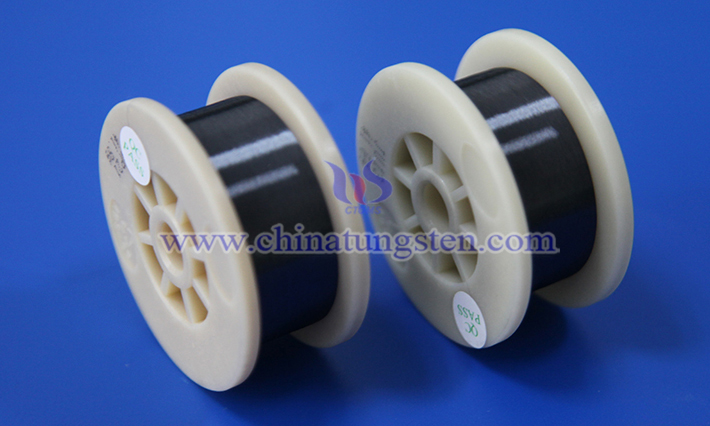
The main role of tungsten wire in electric heated glass windows is to act as a heating element. By using its high resistance and high temperature resistance, the glass windows are heated by the resistance heat generated when the current flows through the tungsten wire to meet the various functional requirements such as anti-fogging, defrosting and temperature regulation.
Steps For Heating Glass with Tungsten Wire
- Details
- Category: Tungsten Information
- Published on Wednesday, 02 July 2025 18:53
- Hits: 145
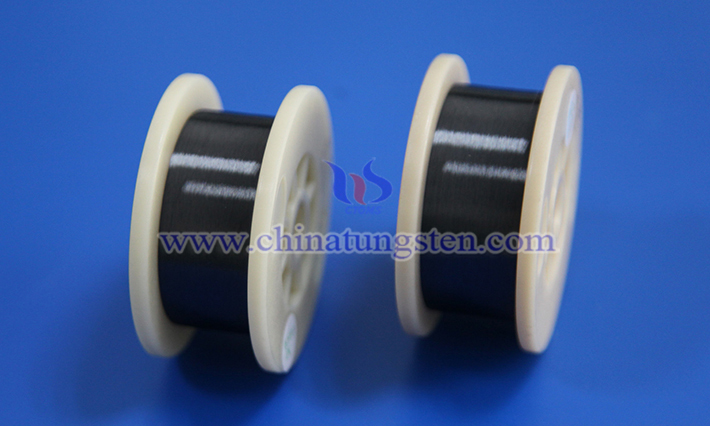
Using tungsten wire to heat glass is usually used in laboratories or small process scenarios (such as glass tube sealing, wire drawing or local forming) because tungsten wire can provide high temperature and local heating. The following are typical steps for heating glass with tungsten wire:
Advantages And Disadvantages of Using Tungsten Wire to Heat Glass
- Details
- Category: Tungsten Information
- Published on Wednesday, 02 July 2025 18:51
- Hits: 173
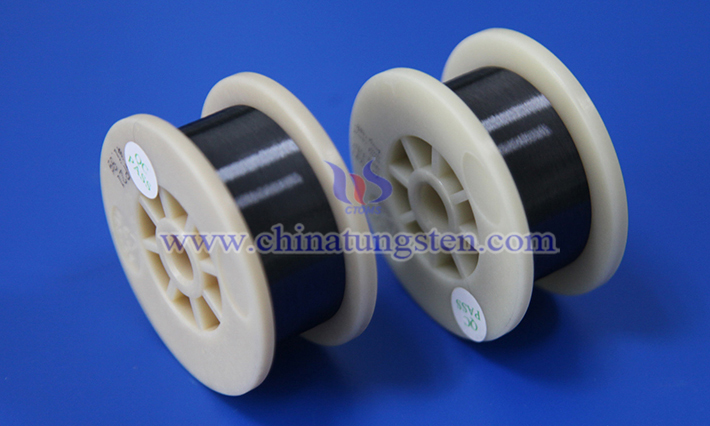
Tungsten wire heating glass is suitable for processes that require high temperature and precise temperature control. The advantages are high efficiency and durability, but the problems of oxidation, cost and equipment complexity need to be solved. In practical applications, it is necessary to weigh the use according to the specific process requirements. The advantages and disadvantages of using tungsten wire to heat glass are as follows:
How is Tungsten Wire Used in Glass Cutting?
- Details
- Category: Tungsten Information
- Published on Wednesday, 02 July 2025 18:47
- Hits: 161
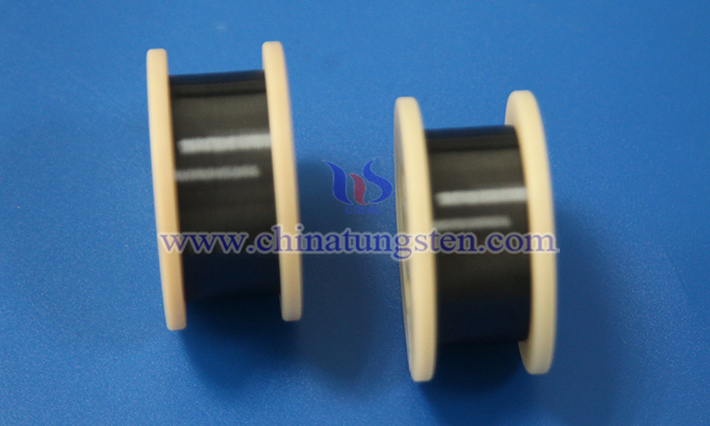
The application of tungsten wire in glass cutting mainly relies on its high strength, conductivity and high temperature heating ability. It can achieve precise cutting through thermal stress cracking, local softening or combined with abrasives and mechanical movement. It is particularly suitable for the processing of thin glass and optical components.
Application of Tungsten Wire in Glass Melting Furnace
- Details
- Category: Tungsten Information
- Published on Wednesday, 02 July 2025 18:45
- Hits: 173
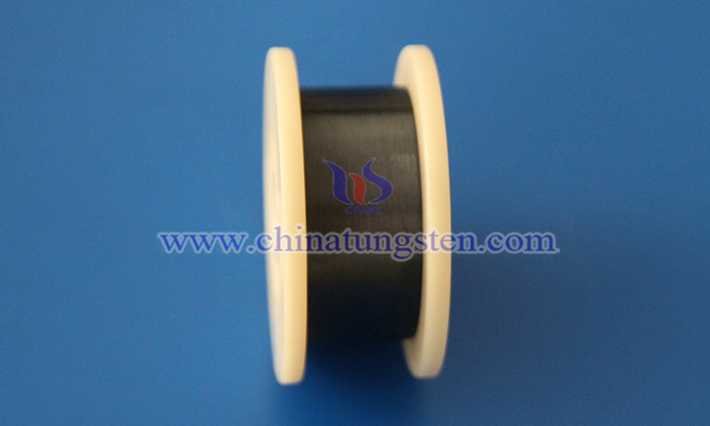
Tungsten wire has important applications in glass melting furnaces due to its high melting point (about 3422°C), excellent high temperature resistance and chemical stability, especially in the field of special glass and precision glass manufacturing. The following is a detailed introduction to its main uses and precautions.




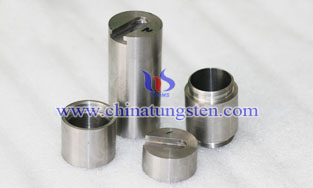


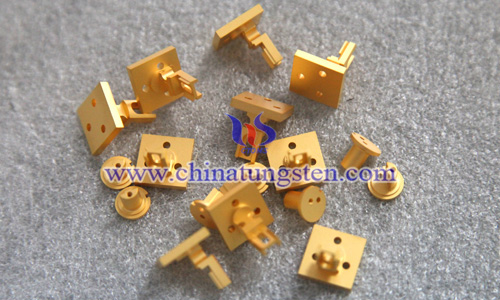
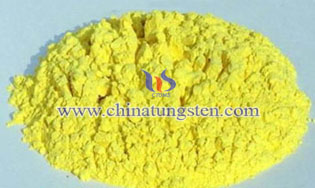
 sales@chinatungsten.com
sales@chinatungsten.com